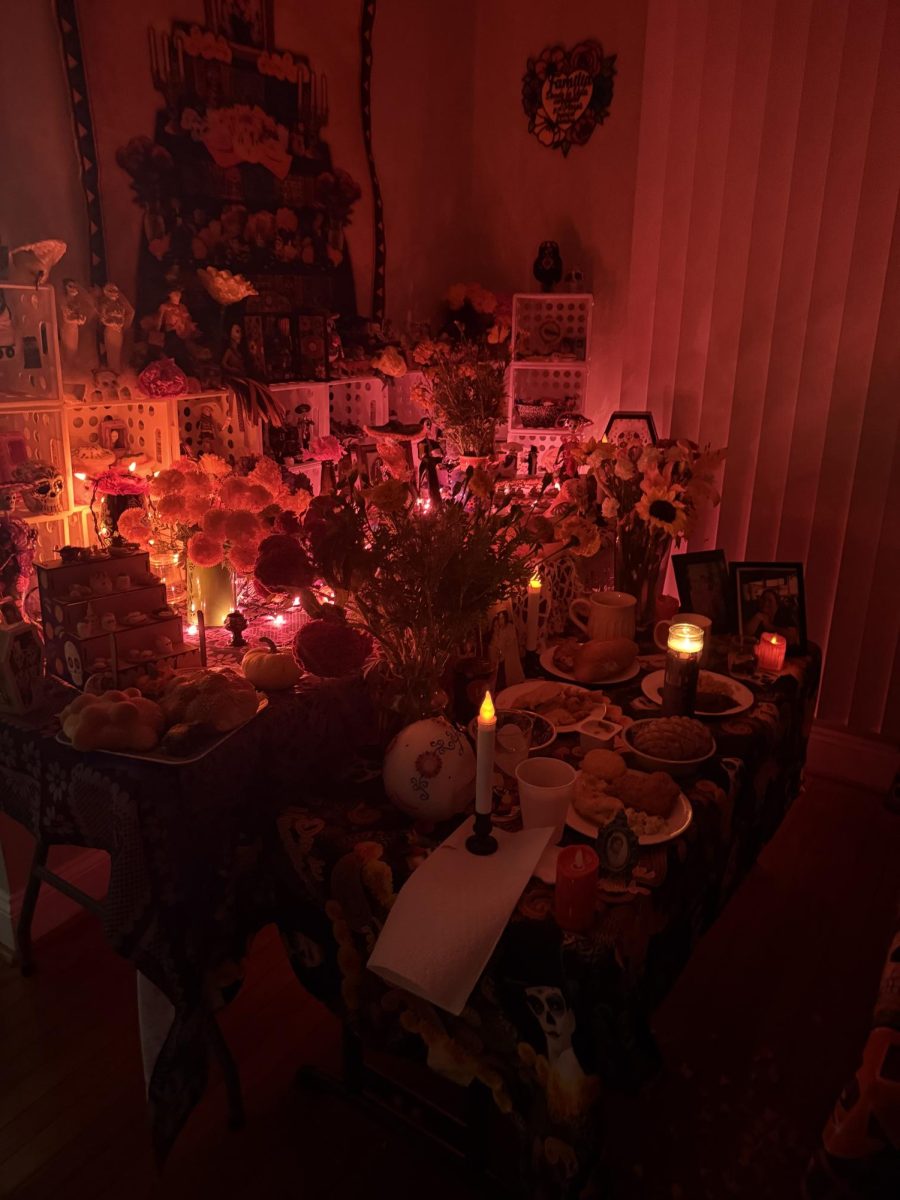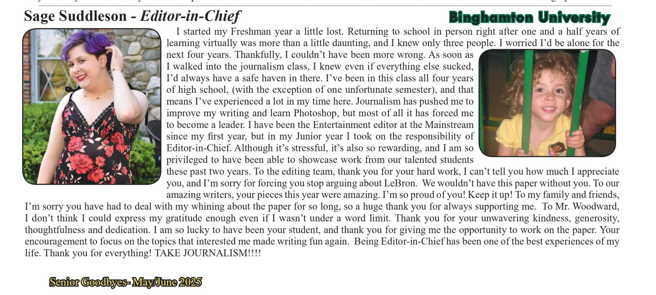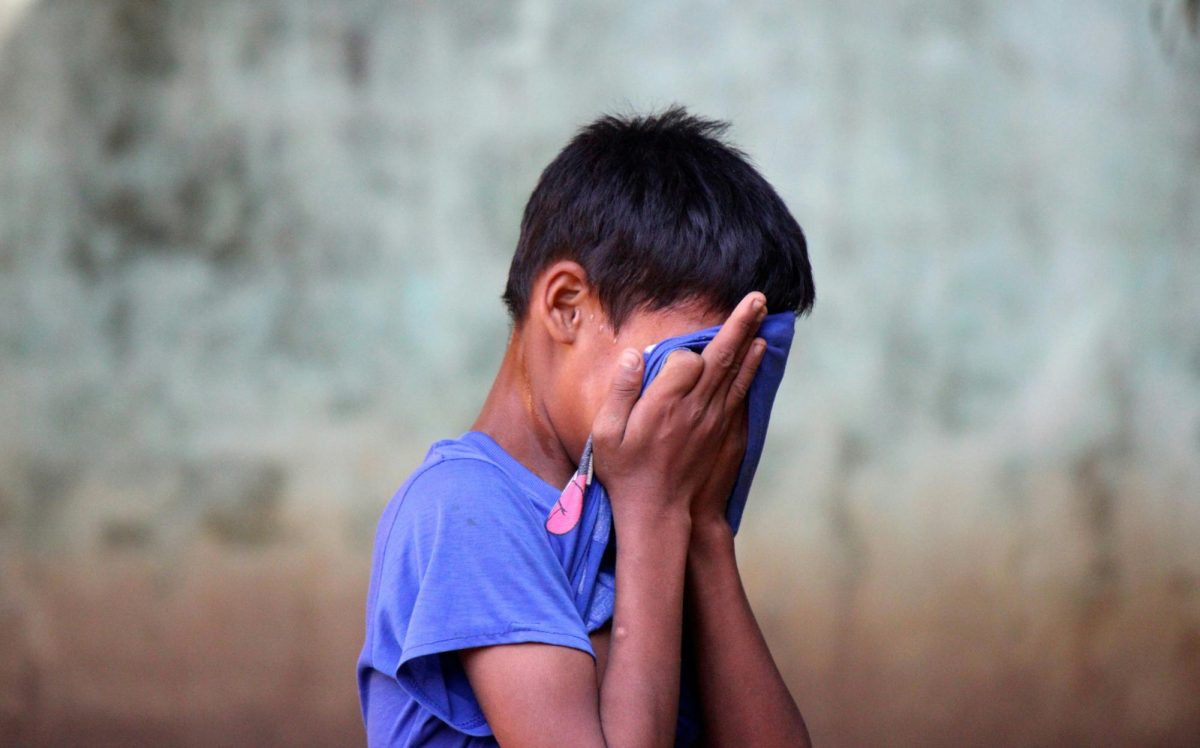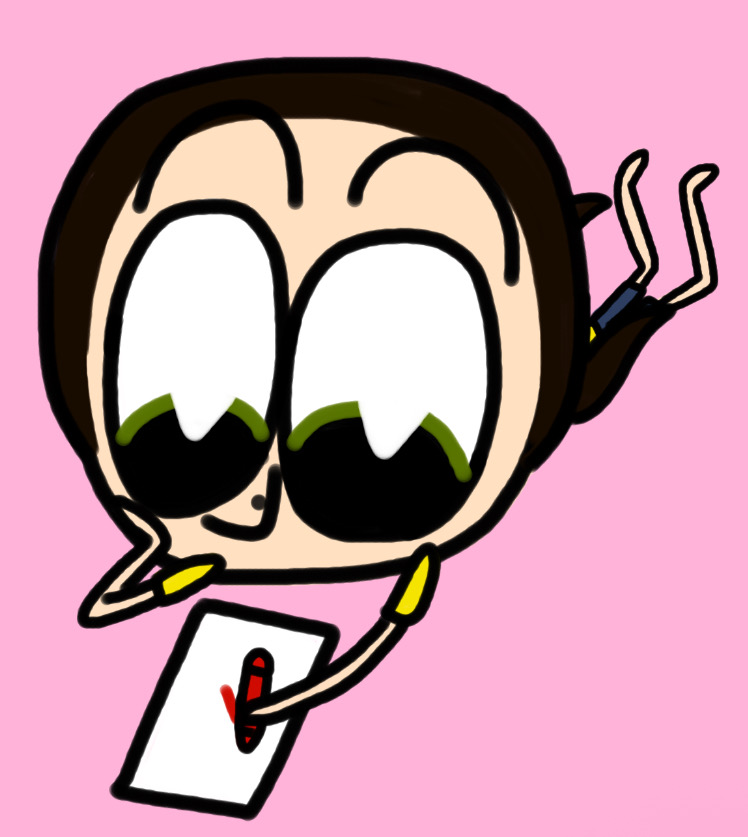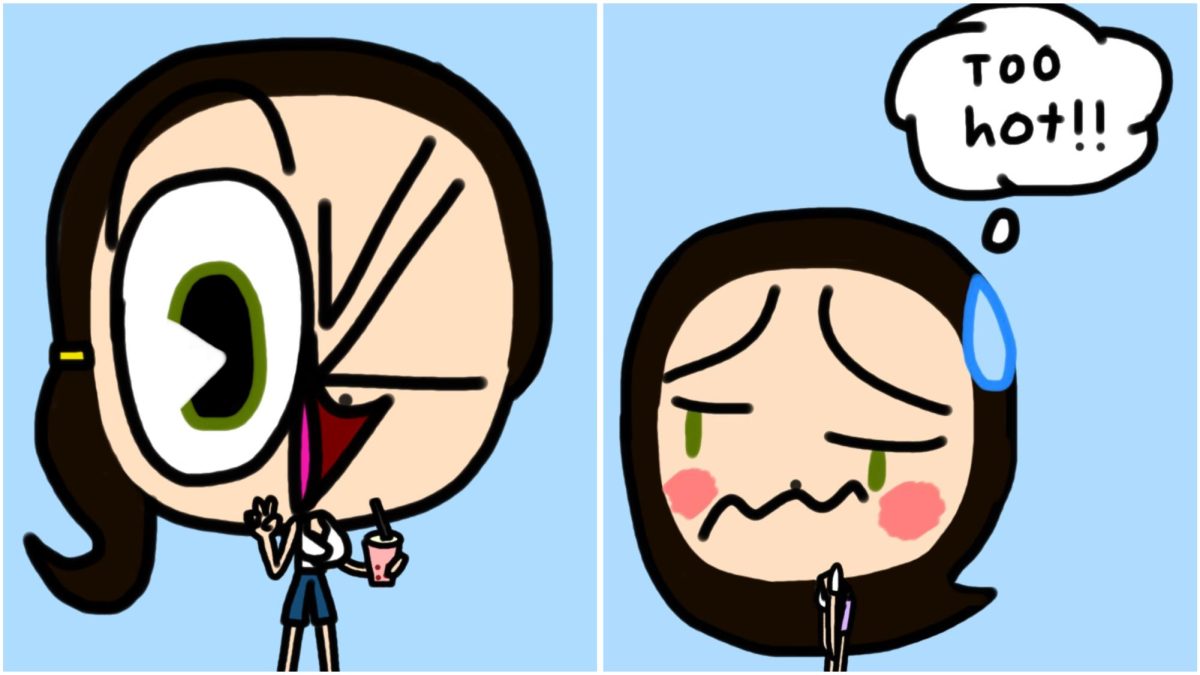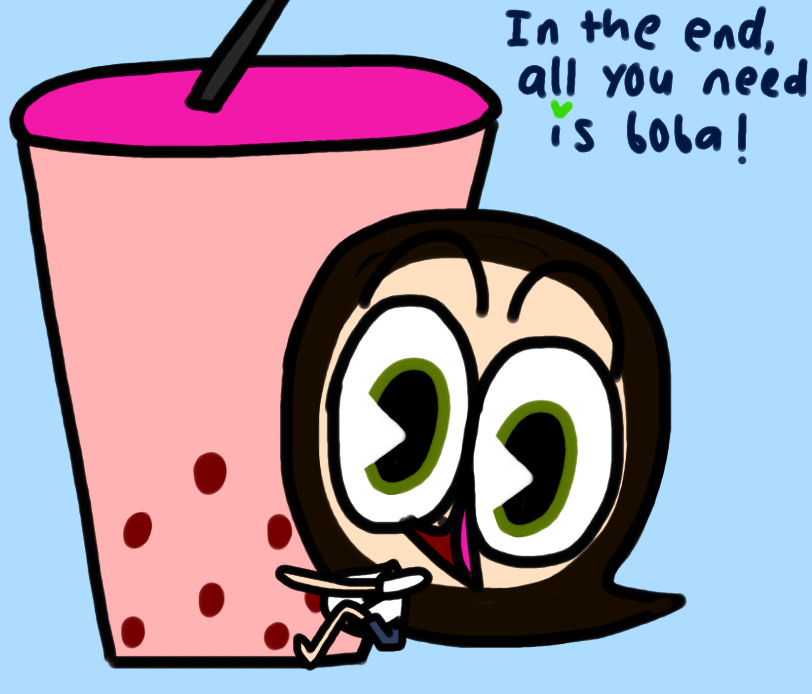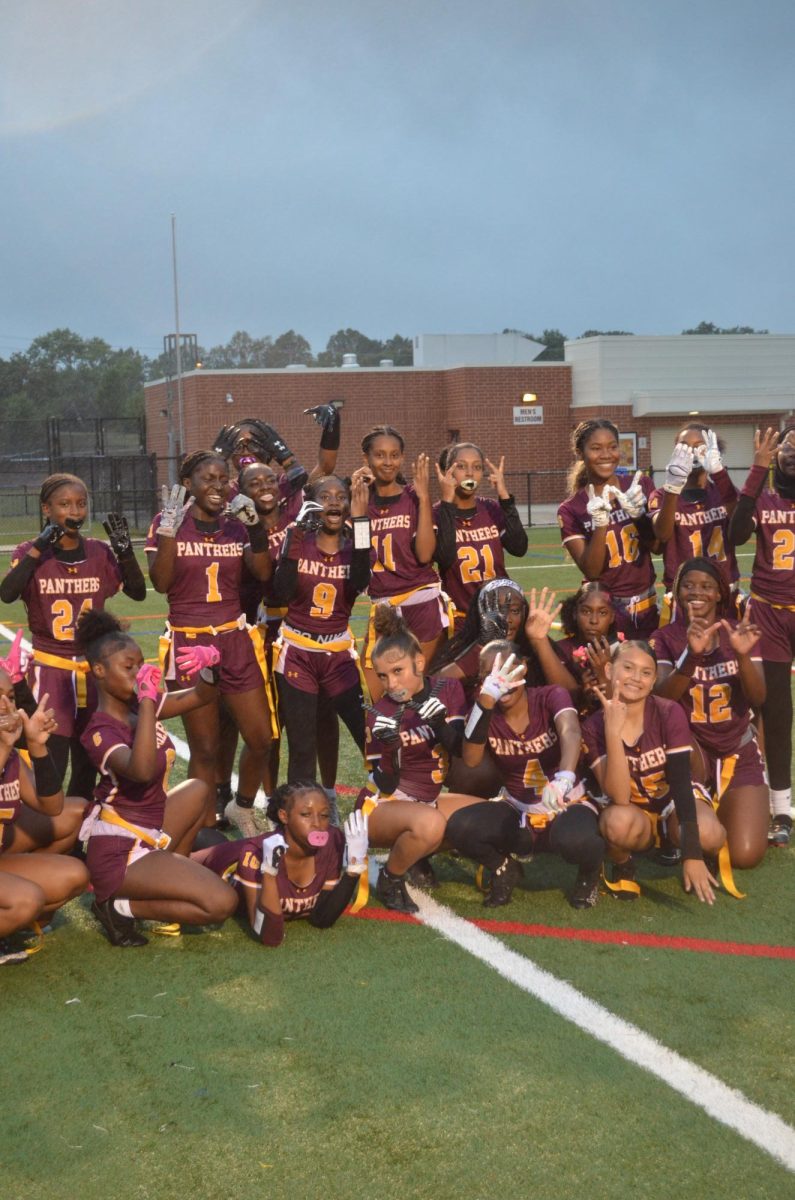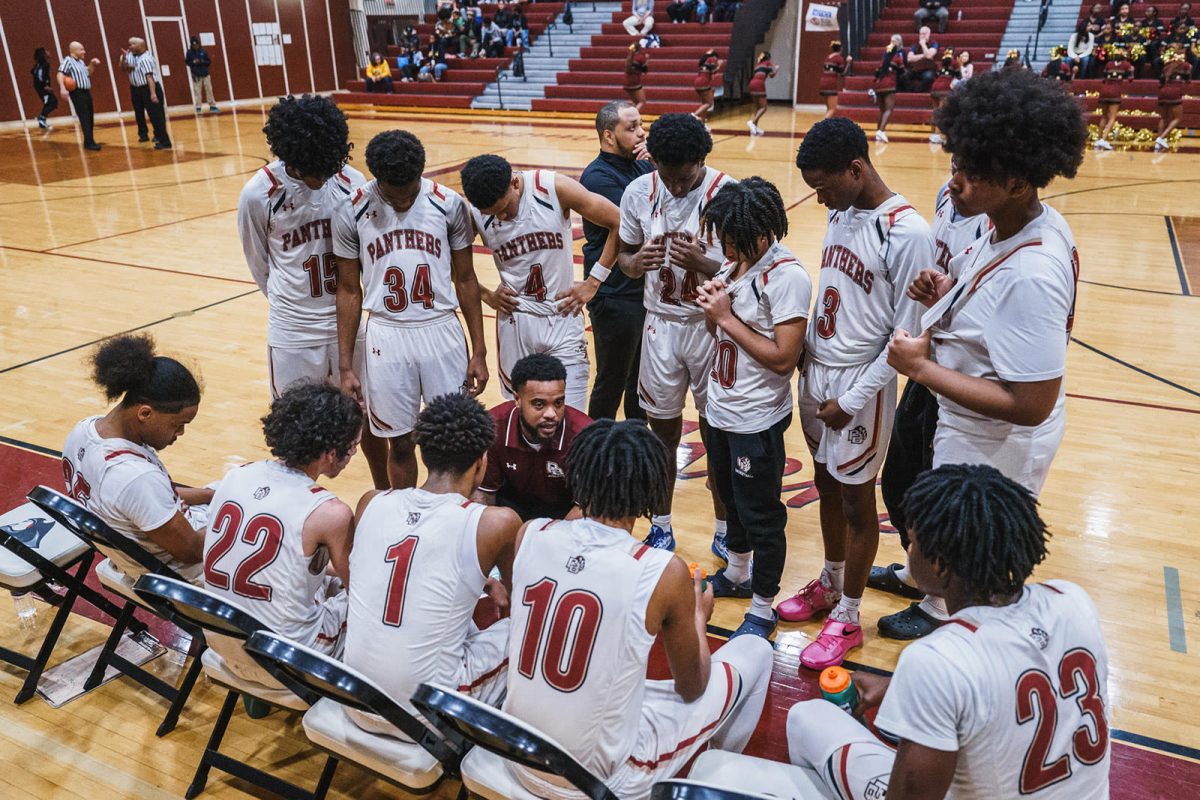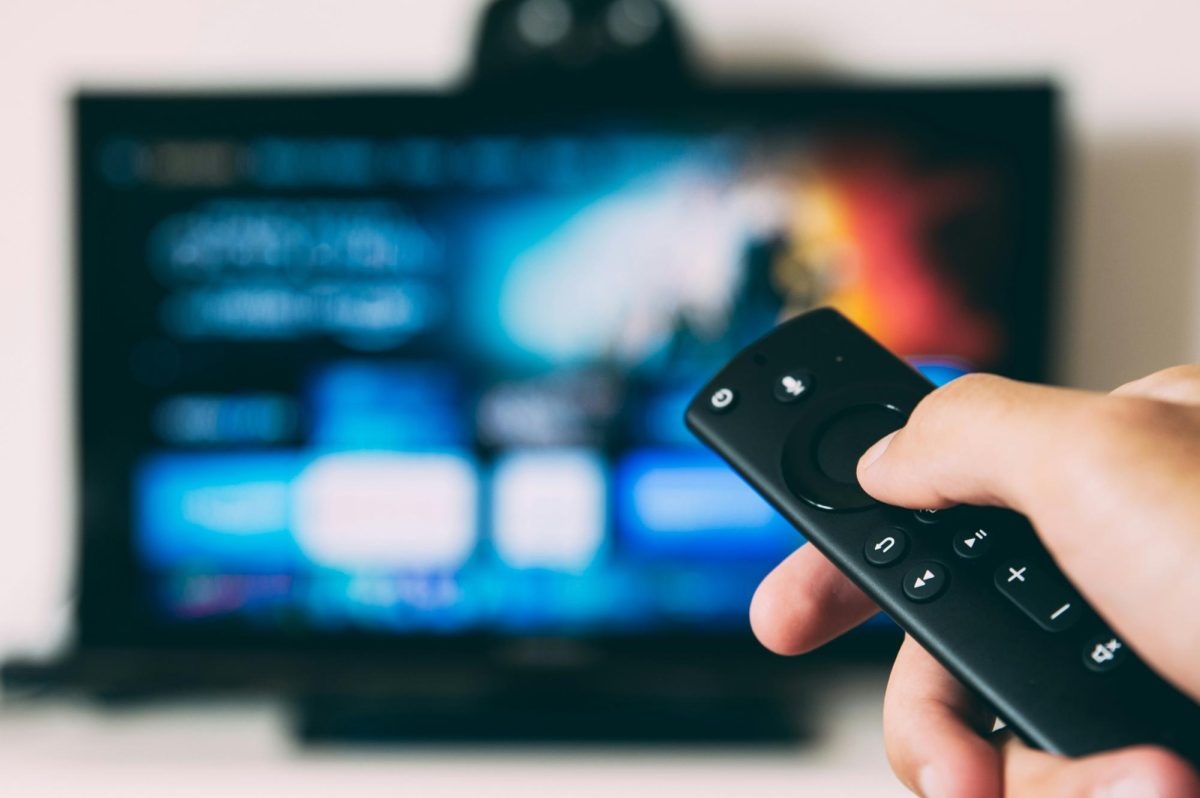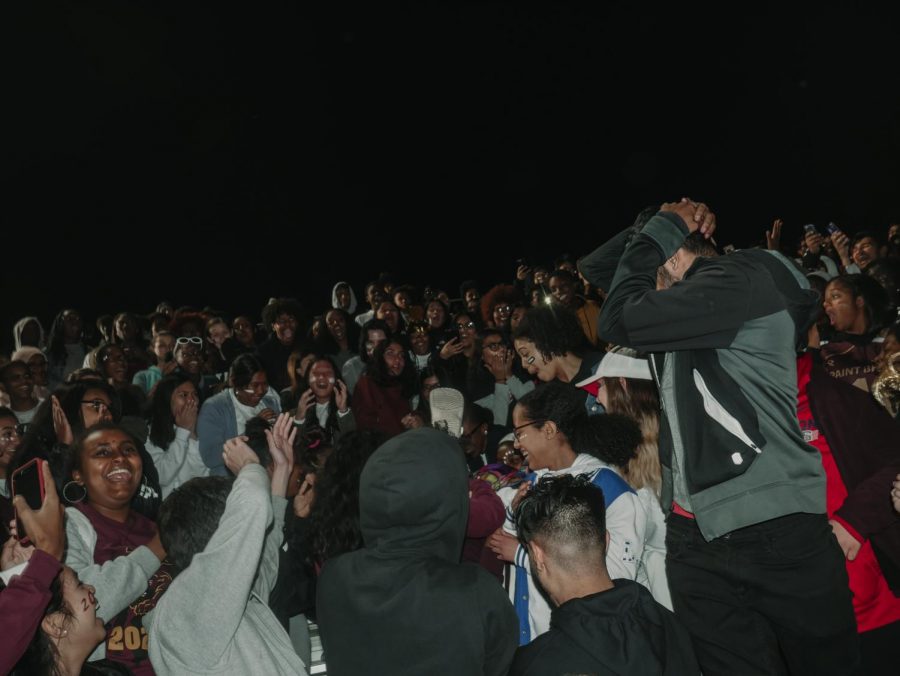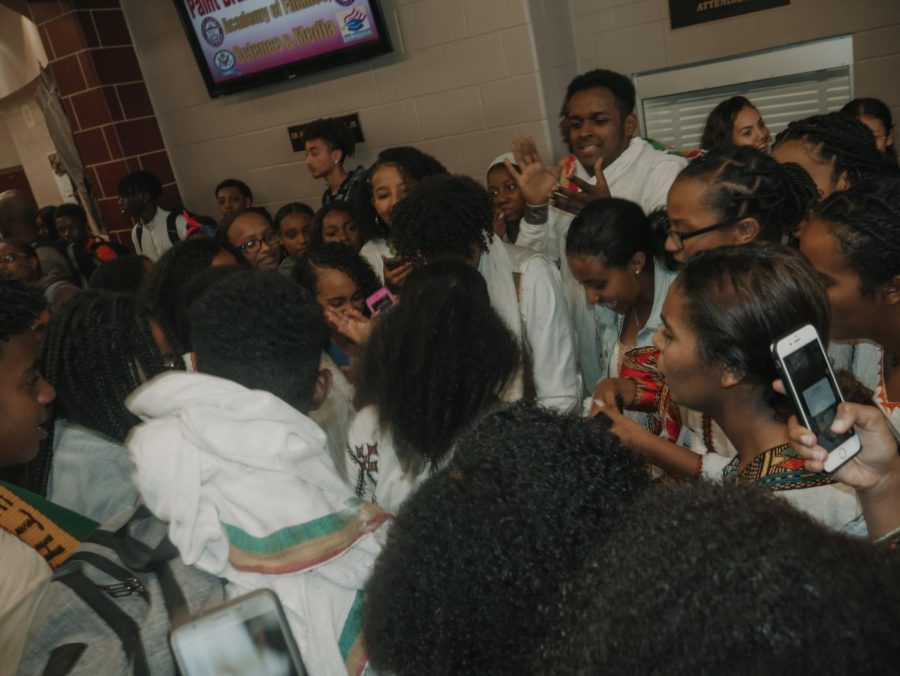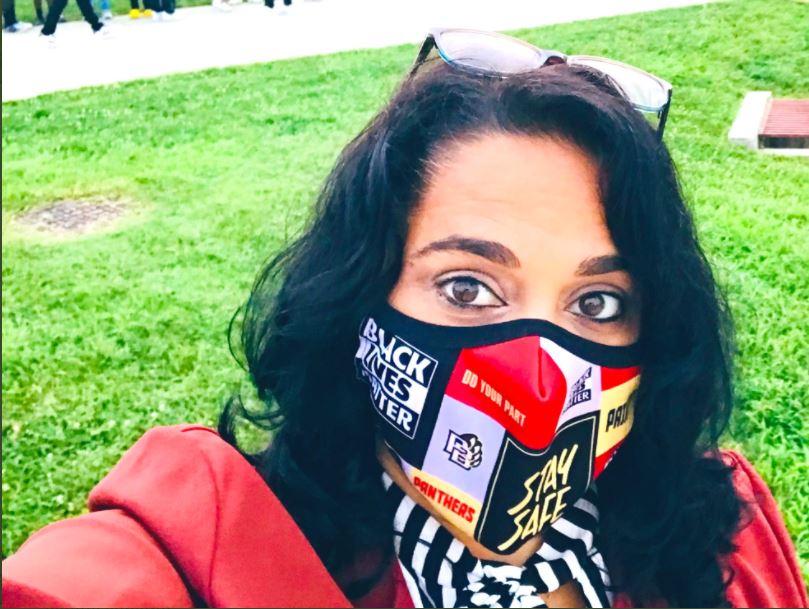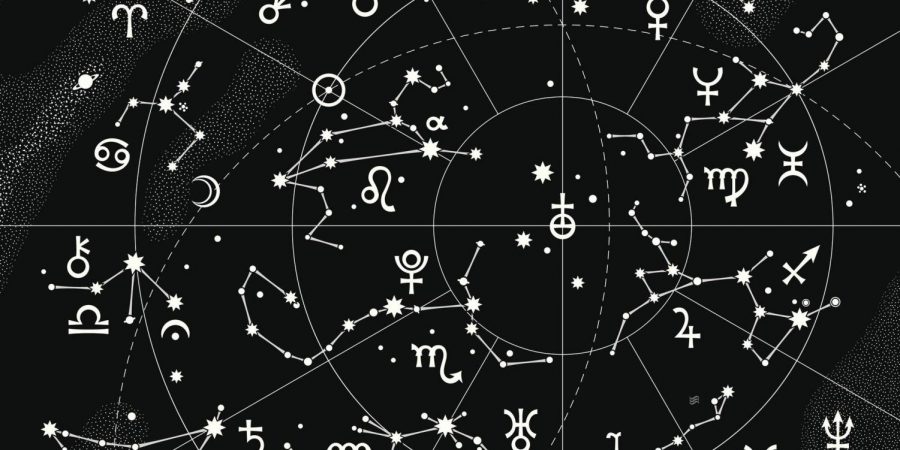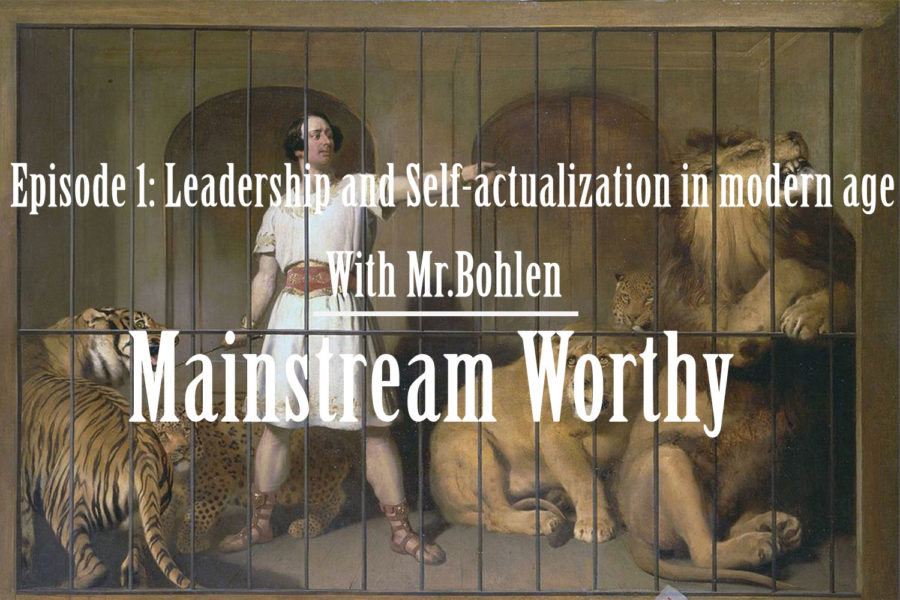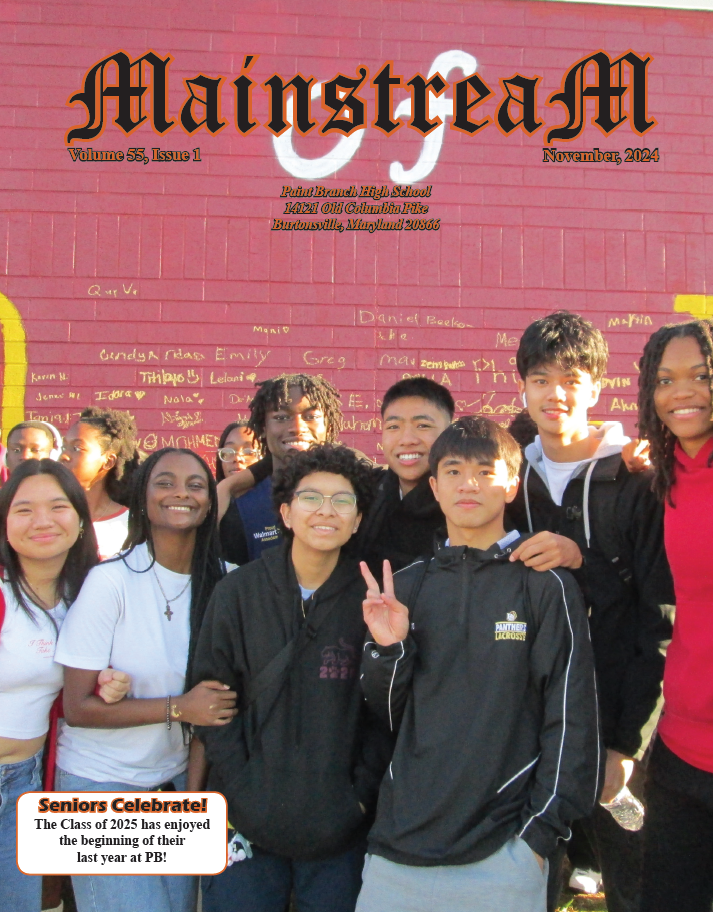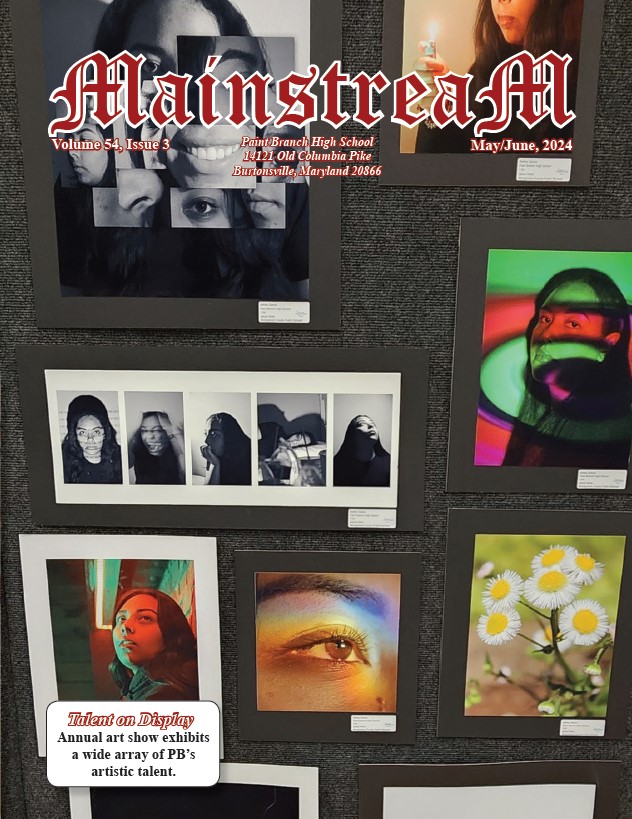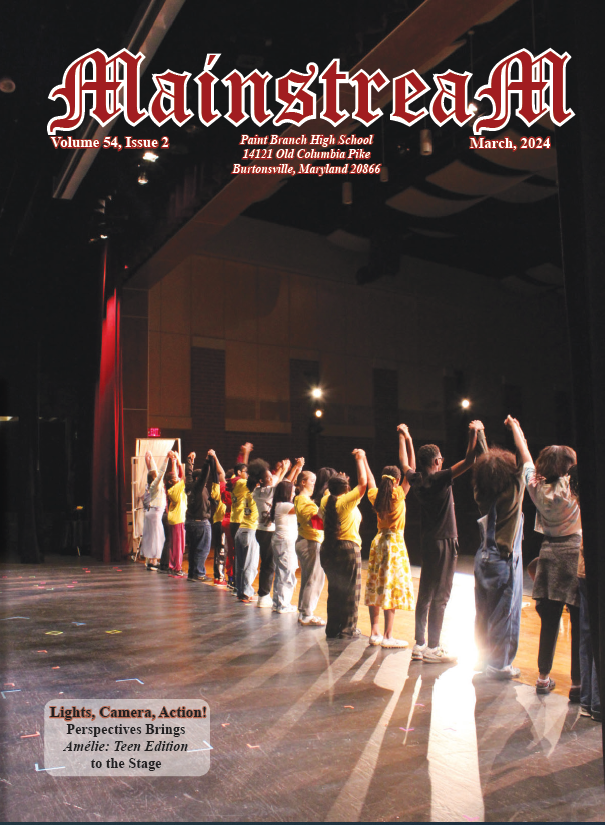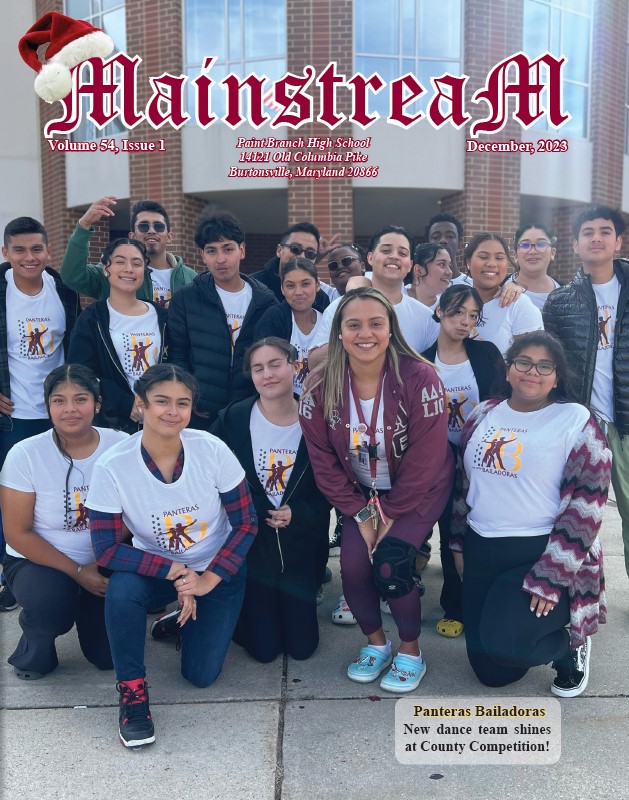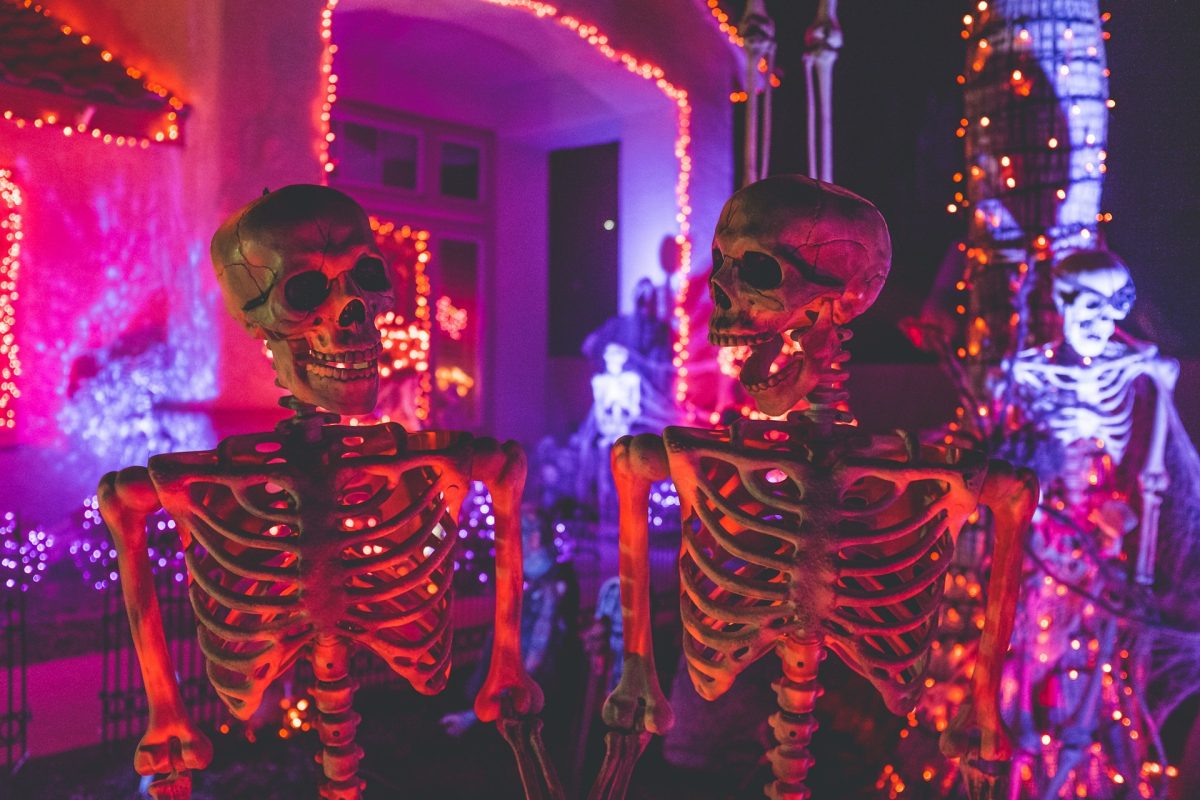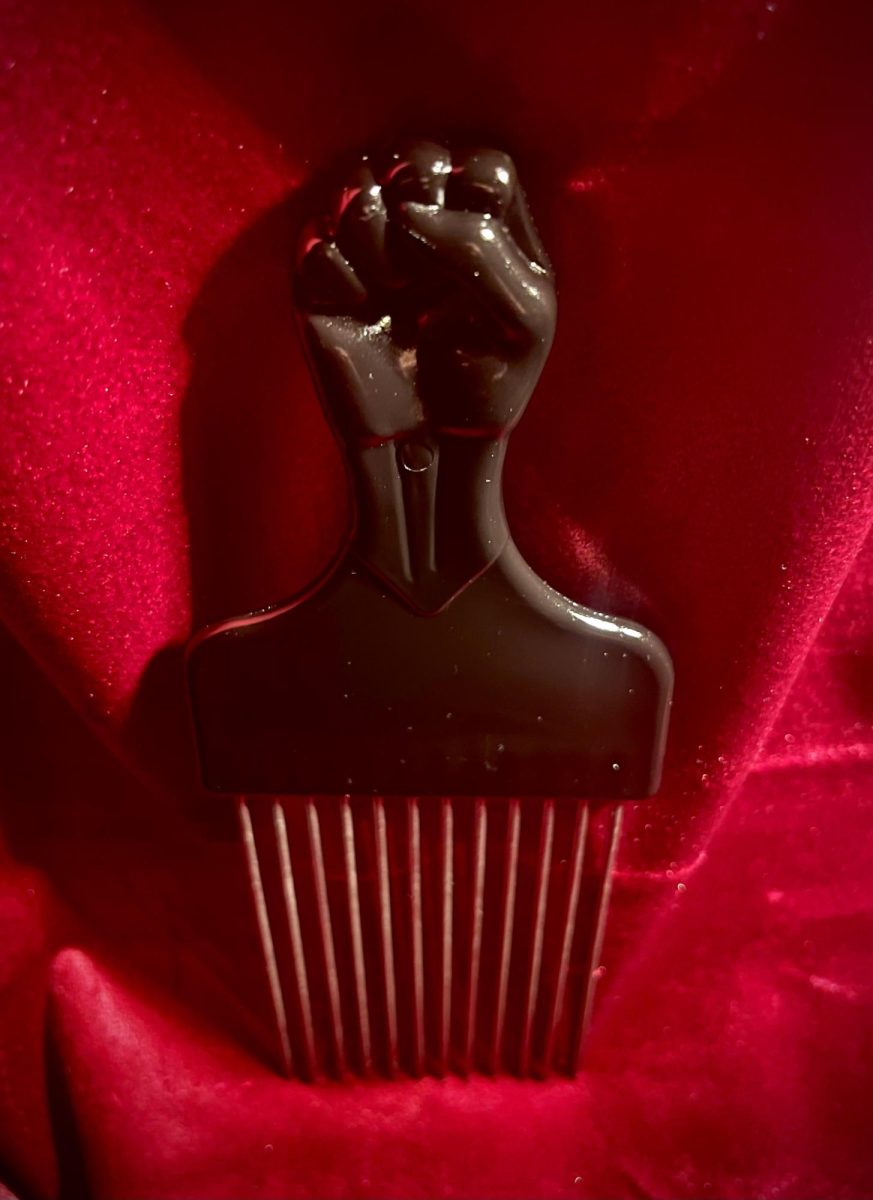There are two functions to every physical object in our world: an intended one and an unintended one — manifest and latent functions, respectively. To demonstrate, tilt your head down and look at the outfit you’ve put on today. Why’d you choose it? Well, first and foremost, to avoid a public indecency charge! But, besides that: What about the color, texture, pattern, or presentation drew you in? What does it say about you? What will others think?
In pre-colonial Africa, hair had a much greater role than just its notable basic functions, such as thermoregulation, protection from the elements, and indications of health. As explained by Ayana D. Byrd and Lori L. Tharps in their book Hair Story: Untangling the Roots of Black Hair in America, braids, special headdresses, and other intricacies related to the hair could tell the tribe that someone belonged to, family background, how old they were, societal rank and wealth, if they were married, and what religion they were. Some communities even believed that hair connected them with the divine and could carry spiritual symbolism. Such is the case within Yoruba culture, wherein braids became mediums to transmit messages to the gods and children born with locs or “dada” could be considered special gifts thought to bring wealth.
Colonization brought about the notion of race designed to justify the subjugation, violent persecution, and indefinite oppression of African people. Under the guise of genetic and subsequent social inferiority, “blackness” was born, and became synonymous with a whole group of people alongside its previous associations of “evil” and “death.” As a result, physical features like brown skin and coily hair were no longer mediums to convey a person’s unique identity through, but rather, permanent markers of their inferior status. This rationale also designated “whiteness” as being synonymous with a group of people as well, alongside “purity” and “normalcy.” Their features became markers of superiority.
According to several sources, including an article titled “6 Things Everyone Should Know About Black History” by Odele — a female-owned, Minneapolis-based hair-care company — enslaved Africans were made to shave their heads by their owners who knew the personal and societal significance that their hair carried, seeking to eradicate not just their culture but their self-concept and esteem. Braids charted out roads, whole maps for escape plans because writing was too risky and not very feasible without education. Rice grains were plaited in between strands in an attempt to avoid starvation on slave ships. Even after the abolition of slavery, the Tigon Law of the 18th century legally mandated that black women cover their hair with “tigons” or scarves to indicate their status as slaves. Upon witnessing their elaborate hairstyles, worry grew for the confusion it might cause regarding their class — that is, the lowest one possible.
In an article titled “Madam CJ Walker & the Hot Comb” by the Trini Gee, a black-woman owned business, it’s explained that although the invention of the hot comb is credited to Frenchman Marcel Grateau, Madam CJ Walker, the first female millionaire, remodeled his design of the hot comb in the 19th century with wider spaces in between its prongs to be more suited to black women. Alongside strong advisory of the use of her products designed to prevent against heat damage, Walker revolutionized black hair care by creating a system that granted black women job opportunities and greater efficiency to assimilate within a Eurocentric society. The hot comb gave rise to the flat iron and relaxers of late, coinciding with the Black Power Movement and Natural Hair Movement of the 20th and 21st centuries. Those movements cultivated the self-determining and rebellious undertones of an afro, calling for the radical acceptance of the coils once wielded against black people to be reframed as what they’re so often claimed to be — “just hair.”
Black hair has been used as a tool for both oppression and empowerment. It’s been crafted in the love of a wearer and left to the whim of a master. It’s convoluted due to the history that it carries and the societies in which it grows, but this is clear: in our society that has historically weaponized black people’s features as a means of justifying cruelty, investing in education on Black hair’s complexities and intentionally uplifting it through ample representation is not only fitting, it’s essential if we seek to eradicate hair-based discrimination and racism on the whole.
To humanize a group that’s been so effortfully dehumanized is to deliberately celebrate the multifaceted nature and variety of those people, directly combating the generalization that oppression is built off. Hair and people’s preconceived notions shouldn’t be a determinant of another’s character. For black people, it’s not just about hair, but everything that the styles and self-expression represents for a group whose suffered erasure and been consistently clumped together, suffocated under stereotypes. It’s symbolic of the freedom to find and embrace one’s culture and define one’s self withfin it. The autonomy and humanity in being an individual is a pillar of black liberation.
A seed of racism and bigotry is ignorance, and the antithesis to that is education and critical-thinking. This means that questioning and learning don’t simply function to increase a person’s knowledge — it’s not optional — but are crucial in combating hate and promoting a world where my hair might not tell people how well I’ll do a job, how likely I’ll be to hurt them, if I deserve to sit in a classroom, or if I deserve rights, but give me the space to add to its lengthy history. Let me tell you who I am.





